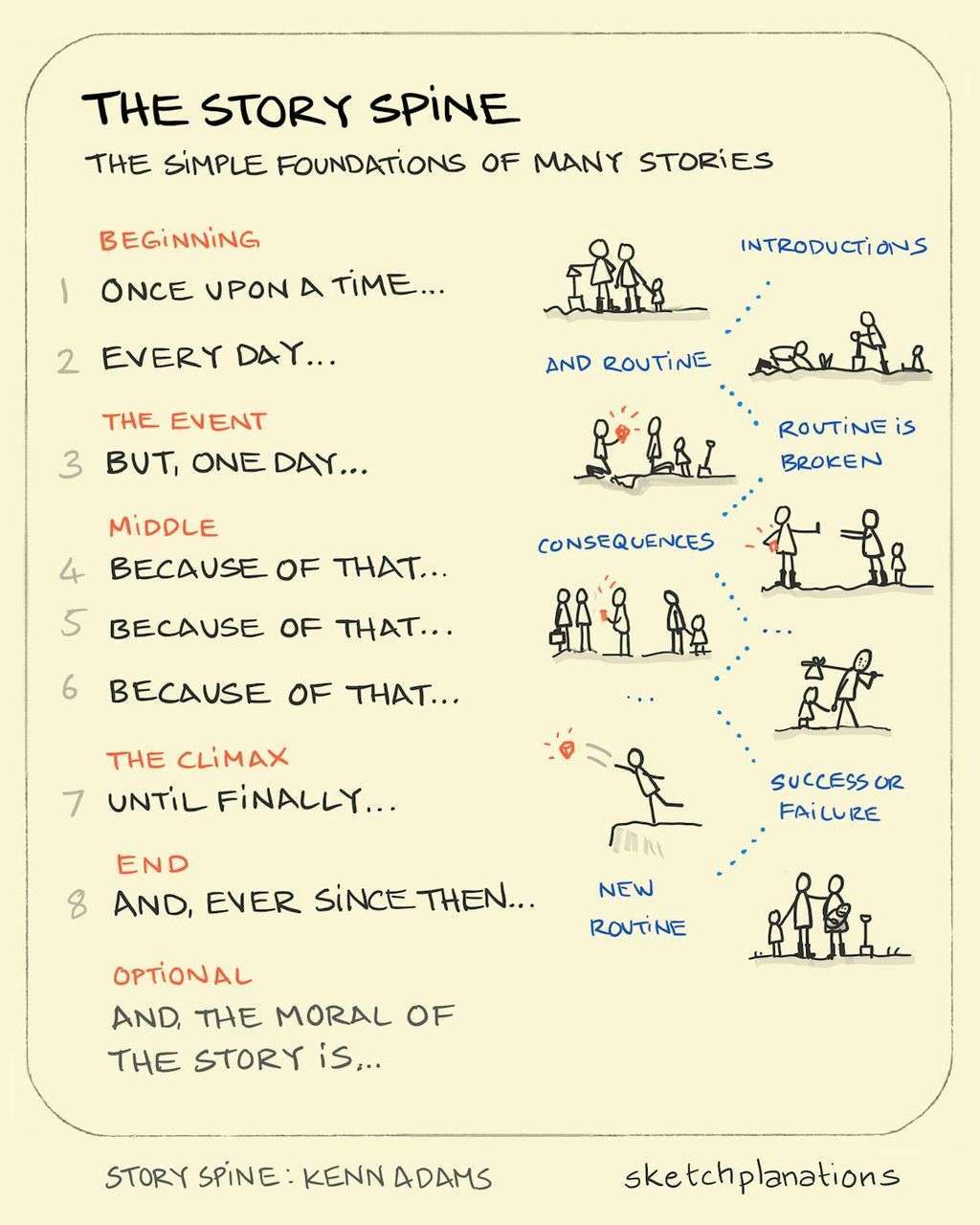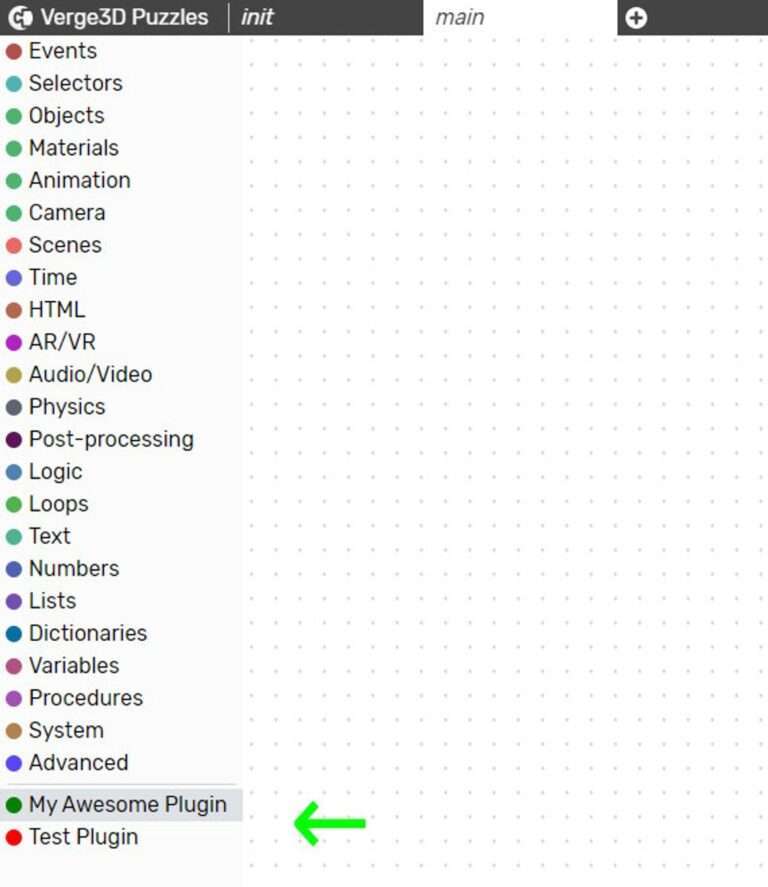The Linear Narrative: Sequential and Chronological Order
Overview
Definition of Linear Narrative
A linear narrative is a storytelling technique that presents events in a sequential and chronological order. It follows a clear and logical structure, where each event leads to the next, creating a coherent and easy-to-follow storyline. This narrative style is commonly used in literature, film, and other forms of media to engage the audience and convey a sense of progression. By presenting events in a linear fashion, the narrative allows the audience to experience the story as it unfolds, building anticipation and providing a sense of closure. Understanding the concept of linear narrative is crucial for writers and storytellers to effectively craft engaging and compelling narratives.
CTA: Visit Unifire.ai to discover how AI-powered tools can enhance your storytelling skills.
How to Use Linear Narrative Effectively:
- Start by outlining the key events and plot points of your story.
- Arrange the events in a logical and sequential order.
- Use transitions and connecting elements to ensure a smooth flow between events.
- Consider the pacing and timing of the narrative to maintain the audience’s interest.
- Provide closure and resolution at the end of the story.
By following these steps, you can create a captivating linear narrative that engages your audience and leaves a lasting impact.
Importance of Linear Narrative
The importance of a linear narrative lies in its ability to provide a clear and organized structure to a story. By presenting events in a sequential and chronological order, a linear narrative allows the audience to easily follow the plot and understand the cause-and-effect relationships between different story elements. This helps in creating a coherent and engaging storytelling experience. Additionally, a linear narrative can effectively convey the intended message or theme of the story, as the progression of events is presented in a logical and impactful manner. It also allows for a deeper exploration of character development and plot progression. With its emphasis on order and coherence, a linear narrative is widely used in various mediums such as literature, film, and theater. It provides a solid foundation for storytelling and ensures that the audience remains engaged throughout the narrative. To enhance your storytelling skills and create compelling linear narratives, consider using Unifire. Unifire is a powerful content creation tool that can help your content teams become more efficient and produce high-quality content. With Unifire, you can easily upload and organize your content, increase organic website traffic, engage your customers through new channels, and develop thought-leadership. Start using Unifire today and unleash the full potential of your storytelling abilities.
Examples of Linear Narrative
Throughout history, there have been numerous examples of well-orchestrated melody in linear narratives. One such example is the classic novel ‘To Kill a Mockingbird’ by Harper Lee. The story follows a linear progression, starting with the childhood experiences of Scout Finch and ending with the trial of Tom Robinson. The narrative unfolds in a sequential and chronological order, allowing readers to easily follow the events and understand the development of the characters. Another example is the film ‘Pulp Fiction’ directed by Quentin Tarantino. The movie presents multiple interconnected storylines that are presented in a non-linear fashion, but ultimately come together to form a cohesive narrative. These examples demonstrate the effectiveness of linear narratives in engaging audiences and conveying a clear and coherent story.
Sequential Order
Explanation of Sequential Order
In a linear narrative, events are presented in a sequential order, following a clear and logical progression. This allows the audience to easily follow the story and understand the cause-and-effect relationships between events. One of the key advantages of sequential order is that it provides a sense of coherence and structure to the narrative, making it easier for the audience to engage with the story. However, there can also be some limitations to this approach, as it may limit the creative possibilities and experimentation with non-linear storytelling techniques. Overall, the order of events in a sequential narrative plays a crucial role in shaping the audience’s understanding and emotional connection to the story.
Advantages of Sequential Order
In a linear narrative, the use of sequential order offers several key advantages. Firstly, it allows for a clear and logical flow of events, making it easier for the audience to follow and understand the story. This can enhance the overall comprehension and enjoyment of the narrative. Sequential order also helps in building suspense and anticipation, as each event leads to the next, creating a sense of progression and momentum. Additionally, it provides a sense of cohesion and coherence to the story, as the events are presented in a structured and organized manner. This can make the narrative more engaging and immersive for the audience. By utilizing sequential order, content creators and educators can effectively convey their ideas and messages, ensuring that the audience remains captivated throughout the storytelling process.
Unifire is a powerful tool that can further enhance the advantages of sequential order in content creation. With Unifire, you can easily transform your webinars, podcasts, and workshops into a torrential downpour of content. It automates the process of turning long-form content into various formats, such as blog posts, social media posts, and e-books. By using Unifire, you can save time and effort, while still maintaining the depth and quality of your content. So why wait? Start using Unifire today and unlock the full potential of sequential order in your content creation journey.
How to Utilize Sequential Order in Content Creation:
- Plan your narrative structure: Outline the key events and their sequence to ensure a logical and coherent flow.
- Use transition words and phrases: Connect each event smoothly to the next to maintain the narrative’s momentum.
- Build suspense and anticipation: Strategically place events to create tension and keep the audience engaged.
- Provide clear context and explanations: Help the audience understand the significance of each event and its relation to the overall story.
- Review and revise: Continuously evaluate the effectiveness of your sequential order and make adjustments as needed to optimize the storytelling experience.
By following these steps, you can harness the power of sequential order to create compelling and impactful content.
Disadvantages of Sequential Order
While sequential order provides a clear and organized structure for storytelling, it also has its limitations. One of the main disadvantages is the potential for predictability. When events unfold in a linear fashion, the audience can often anticipate what will happen next, which can diminish the element of surprise and suspense. Additionally, a strict adherence to sequential order can limit the exploration of different perspectives and non-linear storytelling techniques. This can result in a lack of depth and complexity in the narrative. Another drawback is the potential for a monotonous and repetitive narrative, as the story progresses in a straightforward manner without any deviations or variations. Despite these disadvantages, sequential order can still be effective in certain contexts, such as when a clear timeline is necessary for understanding the story. However, it is important for storytellers to be aware of these limitations and consider alternative narrative structures to create more engaging and dynamic storytelling experiences.
Chronological Order
Explanation of Chronological Order
In a linear narrative, chronological order plays a crucial role in presenting events in the order they occur. Chronological events are presented in a sequence that allows readers or viewers to follow the story easily. This narrative structure provides a clear timeline and helps establish cause and effect relationships between events. By presenting events in chronological order, the audience can better understand the progression of the story and the development of characters. However, it is important to note that chronological order does not always guarantee a linear narrative. There can be deviations or flashbacks within the timeline to add depth and complexity to the storytelling. Overall, chronological order is a fundamental aspect of the linear narrative, ensuring a coherent and logical flow of events.
Benefits of Chronological Order
One of the key benefits of using chronological order in storytelling is that it allows for a clear and logical progression of events. By presenting events in the order they occurred, the audience can easily follow the narrative and understand the cause-and-effect relationships between different events. This helps to create a sense of coherence and coherence in the story. Additionally, chronological order can also enhance the suspense and tension in a narrative, as the audience anticipates what will happen next based on the established timeline. Another advantage of chronological order is that it provides a sense of closure and resolution, as the story reaches its conclusion in a linear fashion. This can be particularly effective in creating a satisfying and fulfilling narrative experience for the audience. However, it is important to note that while chronological order has its benefits, it may not be suitable for all types of stories. For example, nonlinear narrative films often use non-chronological order to create a sense of mystery and intrigue. Overall, the use of chronological order in storytelling offers several advantages in terms of clarity, coherence, suspense, and closure.
Limitations of Chronological Order
While chronological order provides a clear and logical structure to a narrative, it does have its limitations. One major limitation is that it can restrict creativity and experimentation in storytelling. The rigid adherence to a linear timeline may not allow for non-linear or unconventional narrative techniques that can enhance the impact and engagement of the story. Additionally, in some cases, following a strict chronological order can result in a predictable and formulaic narrative, which may fail to surprise or captivate the audience. It is important for content creators to recognize that there is no one-size-fits-all approach to storytelling and to be open to exploring alternative narrative structures that can better serve the story and connect with the audience.
Unifire offers a solution to overcome these limitations. With its platform, content creators can easily experiment with different narrative structures, unleash their creativity, and deliver engaging and impactful content. By utilizing Unifire, creators can break free from the constraints of chronological order and explore new storytelling possibilities. Start your journey with Unifire today and revolutionize the way you create and share content.
How to Implement Alternative Narrative Structures
- Identify the purpose and theme of your story.
- Consider the emotions and impact you want to evoke in your audience.
- Explore different narrative structures such as non-linear, fragmented, or multiple perspectives.
- Experiment with the sequencing of events to create suspense and intrigue.
- Test the effectiveness of the alternative structure by gathering feedback from your audience.
- Refine and iterate on your narrative structure based on the feedback received.
Unleash your storytelling potential with Unifire and create narratives that captivate and inspire.
Conclusion
Summary of Linear Narrative
The linear narrative is a storytelling technique that presents events in a sequential and chronological order. It is an important tool in various mediums, including literature, film, and video games. By following a linear narrative, the audience can easily understand the story progression and connect with the characters. However, there are limitations to using a linear narrative, such as the lack of flexibility in exploring different perspectives and the potential for predictability. Despite these limitations, the linear narrative continues to be widely used and appreciated. In the future, we can expect to see advancements in linear narrative techniques, incorporating interactive elements and non-linear storytelling. To learn more about linear narrative and its applications, visit Unifire for practical guides and resources.
Application of Linear Narrative in Different Mediums
The application of linear narrative is essential in various mediums, including literature, film, and video games. In literature, a linear narrative allows the reader to follow a series of events in a chronological order, creating a coherent and engaging story. Similarly, in film, a linear narrative structure helps the audience to understand the storyline and character development. Video games also utilize linear narrative to guide players through a sequence of events and actions. The use of a linear narrative in these mediums enhances the overall storytelling experience and provides a clear progression for the audience or players.
Future Trends in Linear Narrative
As the digital landscape continues to evolve, the future of linear narrative is poised to take on new dimensions. One key trend that is emerging is the integration of interactive elements within linear narratives, allowing the audience to actively engage with the story. This shift towards interactive storytelling opens up exciting possibilities for immersive experiences and personalized narratives. Another trend is the exploration of non-linear structures within linear narratives, challenging the traditional sequential and chronological order. This allows for more creative storytelling techniques, such as flashbacks, parallel storylines, and fragmented narratives. These innovative approaches to linear narrative create a dynamic and engaging experience for the audience, breaking away from the constraints of traditional storytelling. It is evident that the future of linear narrative is marked by experimentation, pushing the boundaries of storytelling and embracing new technologies and formats.
In conclusion, Unifire is the ultimate tool for extracting summaries, keywords, and titles from your podcast and repurposing your content. With Unifire, you can save time and effort by automating the process of creating engaging content. Whether you’re a podcaster, content creator, or marketer, Unifire can help you optimize your content and reach a wider audience. Don’t miss out on the opportunity to enhance your content strategy. Visit Unifire today and start maximizing the potential of your podcast!








